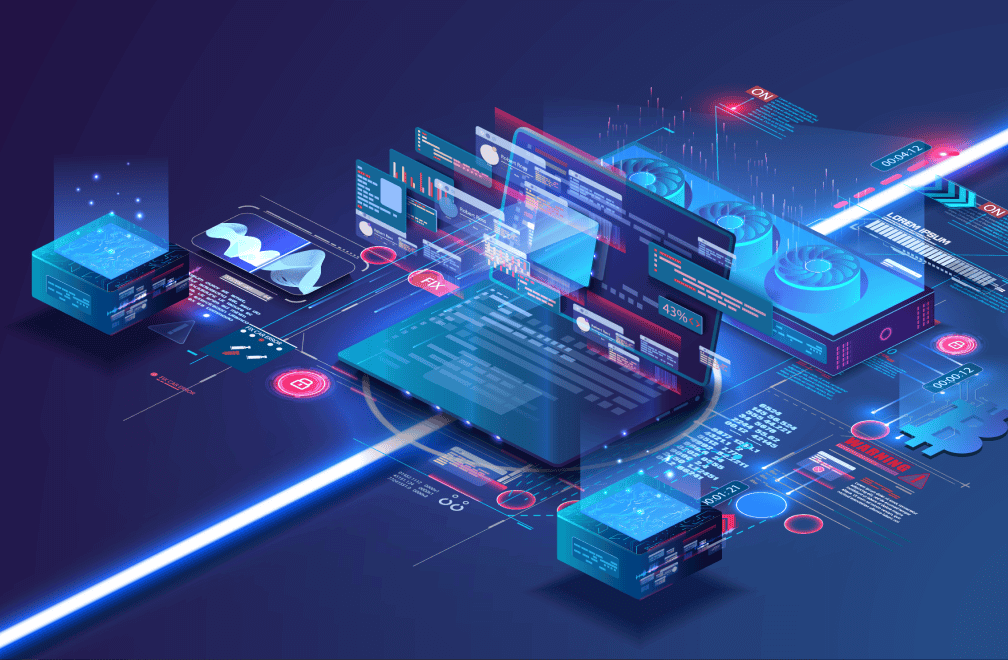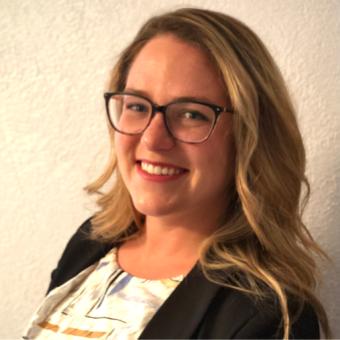Scaling With Automation: How to Transform Four Key Compliance Processes Using Automation

Compliance automation is often beneficial for organizations that deal with sensitive data, and it has several benefits that impact security, cost savings, and reporting. As a result, compliance automation is an ideal starting point for implementing automation at your company. Building upon our exploration of the top four myths surrounding automation in “The Truth Behind Automation,” in this article we’ll do a deeper dive to uncover specific opportunities to initiate or advance automation in your compliance program.
Four key compliance processes can be transformed through automation: scoping frameworks, implementing controls for gaps, automating evidence collection, and establishing continuous monitoring. By automating these essential compliance processes, you will empower your team to focus on higher-level responsibilities, fostering productivity, and driving overall success.
1. Scoping Frameworks
When a new framework or update to a prior framework is released, companies without automation must spend time understanding the latest version, identifying changes, assessing which changes are relevant to them, and confirming new control mappings. The process can take more than 40 hours for one framework and is extremely grueling. However, incorporating integrations with trusted content sources, like the Unified Compliance Framework, allows automation to perform these mapping on the backend and automatically expose changes and control gaps.
This way, organizations can focus on mitigating their gaps and becoming compliant, instead of performing tedious manual scoping. Whether a company is assessing a new framework or a change to a current framework, through automated scoping of frameworks, they only need to click a button to receive the mappings, reducing a previously cumbersome activity to mere minutes.
2. Implementing Controls for Gaps
Once the control mappings are provided, control gaps are assessed. For example, PCI DSS recently released an update with new continuous monitoring requirements. Previously, controls tested once per quarter were considered continuously monitored. Now, they require more frequent testing, creating a control gap for many companies. Without automation, control gaps are hard to manage and often remain unmitigated.
However, leveraging automation to manage your control gaps allows the tool to automatically map and link new framework requirements to controls in your environment, and highlight the gaps in real-time. These gaps can quickly be filtered and shown in one pane of glass, allowing compliance personnel to perform their review efficiently. Leveraging intelligent automation from a trusted content source allows new controls to be suggested based on the gaps. From here, the compliance team decides whether or not the control should be adopted and implemented.

3. Automating Evidence Collection
Compliance professionals collect evidence throughout the year for both internal compliance and external audit programs. While some companies rely on manual techniques, many are moving towards incorporating automation to optimize evidence collection. Teams can move from manual approaches like spreadsheets or emails and begin to leverage technology. This can be with collaboration or project management software, like Slack or JIRA, or purpose-built solutions like AuditBoard, to increase efficiency.
Automating evidence collection should be a progression, and the goals of your program should include:
- Automating repeatable processes and templating wherever possible.
- Establishing a predictable cadence with your control owners so they know when evidence reviews may need to occur.
- Implementing self-service wherever possible.
Ideally, you want to progressively incorporate automation so you can progress from manual evidence collection to source system evidence collection, which is the most sophisticated level of evidence collection that eliminates the burden of a stakeholder providing evidence.
4. Performing Continuous Monitoring
Continuous monitoring is the pinnacle step in your compliance automation journey. You can leverage integrations to continuously pull data and information into your program. There are many benefits of incorporating continuous monitoring, including:
- Consistent/standardized format of data collection
- Repeatable processes
- No human involvement
- Real-time reporting
- Issues identified earlier
- Automated Issue management
While continuous monitoring is a journey, it allows teams to uplevel their compliance program, realize cost savings, and stay ahead of security risk.
Pushing Through Challenges to Embrace Digital Transformation
Strategically developing and integrating automation into a company’s infrastructure can be complex and time-consuming. As a result, many companies tend to default to familiar and known practices because it’s easier to retreat to what is comfortable rather than confront the discomfort. But leveraging purpose-built software like AuditBoard, which syncs to the source system and queries information based on the company’s preferred cadence, can offer necessary tools to embrace the change.
Embracing the journey and allocating sufficient time to establish automation will ease the process. So, buckle in and embrace the automation revolution. By persevering through the challenges of automation and pushing forward, you can ultimately reap the benefits of digital transformation, including the invaluable gift of time.

Viral Mehta is a Principal Product Manager at AuditBoard. Prior to joining AuditBoard, Viral spent 17 years working in various PropTech industries building B2B SaaS products. Connect with Viral on LinkedIn.

Mary Tarchinski Krzoska, CISA, is a Market Advisor at AuditBoard. Mary began her career at EY before transitioning to a risk and compliance focus at A-LIGN, and brings 9 years of global experience including SOC, HIPAA and ISO compliance audits, consulting on business continuity and disaster recovery processes, and facilitating risk assessments. Connect with Mary on LinkedIn.


